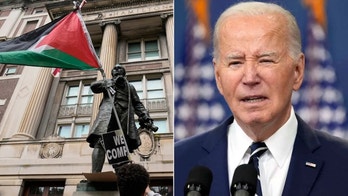Light-rail projects are springing up in cities around the country, hailed by supporters as an effective way to reduce traffic, promote inner city businesses and cut down pollution.
“Light-rail is a way of making better use of your urban space, said Dave Dobbs, executive director of the nonprofit Texas Association for Public Transportation. “A lot of single-occupancy vehicles just doesn’t work” in cities.
But are taxpayers getting taken for a ride? That depends on who you talk to.
A just-released report from the Cato Institute, a libertarian public policy center based in Washington, D.C., takes aim at cost overruns in government-funded transportation projects in general as well as a number of light-rail projects in particular and concludes “the federal government is a lousy manager,” said Chris Edwards, who authored the report along with Nicole Kaeding.
In addition to looking at costly defense and energy projects, the report also analyzed transportation initiatives that racked up bloat in local, state and federal dollars for projects Cato described as “boondoggles” that cost the U.S. Treasury $13 billion a year.
“People will read in the local newspaper that the local highway expansion or the bus station or the local rail system that the local politicians had promised would only cost $100 million and it ends up costing $200 million,” Edwards told Watchdog.org




